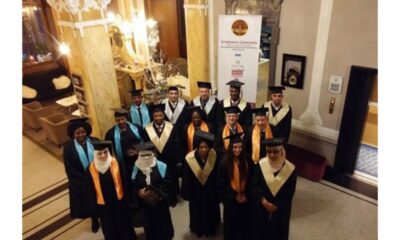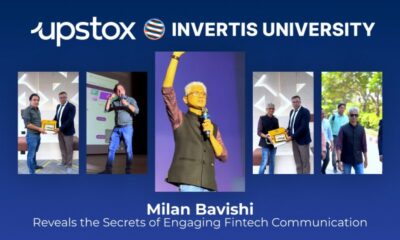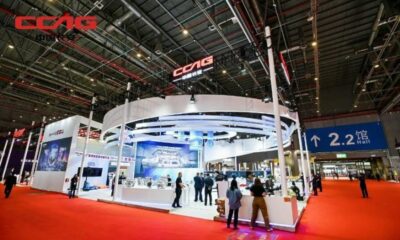Television
Celebrity Photographer Jonathan Matsumoto On Shooting Concerts/Sporting Events
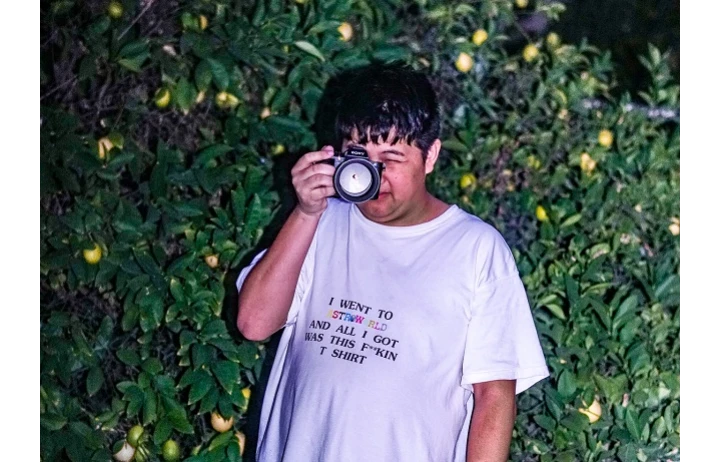
Jonathan Matsumoto is a celebrity photographer who works in high-stress conditions like concerts, music festivals, and sporting events, where there’s a lot of things happening very quickly. His company, Jonny Mats Photography, has a client list which includes everything from Billboard Hot 100 artists to Disney channel stars, NBA/NFL athletes, and even Playboy Playmates, so he is used to demanding clients who expect him to capture everything at once. With that in mind, he notes the following pointers are crucial to him shooting an event like a sporting game or concert like a professional:
1. Continuous Shooting
In most clips of celebrities interacting with paparazzi, you can hear the rattling noise of a camera clicking several times in rapid succession, oftentimes with a flash that goes with it. “This is for a good reason,” Jonathan explains “because oftentimes the window to get the shot right is only a few seconds. They might not get more than a glance depending on the situation.” This same principle applies to extreme sports, where people and situations change quickly. Jonathan notes that there is “something unique” and “desirable about a photo that has the perfect angle” like “an athlete or performer in a crazy, expressive pose.”
2. Avoid the Zoom Function
There
3. Digital vs Analog Zoom
Another thing to keep in mind is that some cameras, especially lower end models that are not DSLRs, can boast huge zoom numbers like “120x zoom.” Be wary of numbers that are very high, as these often use digital vs analog zoom… Analog is lens literally changing so that the actual picture is that, whereas digital is taking the complete picture and cropping out everything except the part you want zoomed in.
4. Fast Shutter Speed
Slower shutter speeds let in more light but also require the camera to be exposed to the subject longer. Unfortunately, when shooting moving objects, this will blur the objects, since the person or object will not be in the same position at the beginning and end of the shot. While this can result in a cool “double exposure” effect for artsier portraits, “event photography is about being able to recreate the details of the event as accurately as possible. Leave the double exposure for art class,” Jonathan states, recommending shooting at 1/200 of a second or shorter. “While 1/200 of a second and 1/30 of a second might not seem like a big difference, it’s a lifetime in photography,” Jonathan notes, further pointing out how “the latter is actually more than six times slower than the former.”
5. Anticipate
“Start taking the shot well before you actually need to take the shot and, if shooting on continuous mode, keep shooting until a bit after the moment you want to capture occurs,” according to Jonathan. He notes that there is a reaction time delay that can ruin otherwise perfect situations, especially in event photography. As a side-note, Jonathan states “make sure to watch memory. This can fill up camera very quickly.”
-
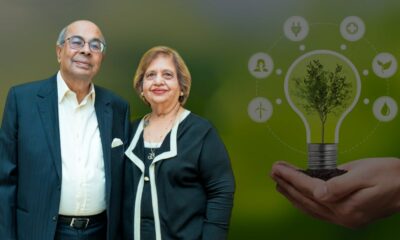
 Business3 weeks ago
Business3 weeks agoPrakash and Kamal Hinduja: Driving Social and Environmental Change
-
Education4 weeks ago
Fred DuVal: University Leadership as a Critical Resource for Climate Change Research and Life-Saving Solutions
-
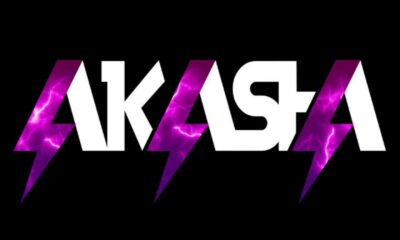
 Cryptocurrency3 weeks ago
Cryptocurrency3 weeks agoDesigned For The Masses: How Akasha (AK1111) Is Unlocking Crypto For The Next Billion Users
-

 Health3 weeks ago
Health3 weeks agoThe Hinduja Brothers Commitment to Global Health: Empowering Communities Across Borders
-

 Cryptocurrency4 weeks ago
Cryptocurrency4 weeks agoNexaglobal & Future World Token (FWT): Could This Be the Next Big Crypto Investment of 2025?
-
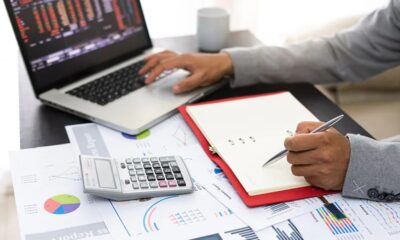
 Startup2 weeks ago
Startup2 weeks agoCost-Saving Strategies Every Small Business Owner Should Know to Boost Efficiency
-

 Startup3 weeks ago
Startup3 weeks agoMatthew Denegre on the Art of Deal Sourcing: Finding the Right Investment Opportunities
-

 Health2 weeks ago
Health2 weeks agoSt. John’s Community Health Examines Innovations in Pharmacy Access








